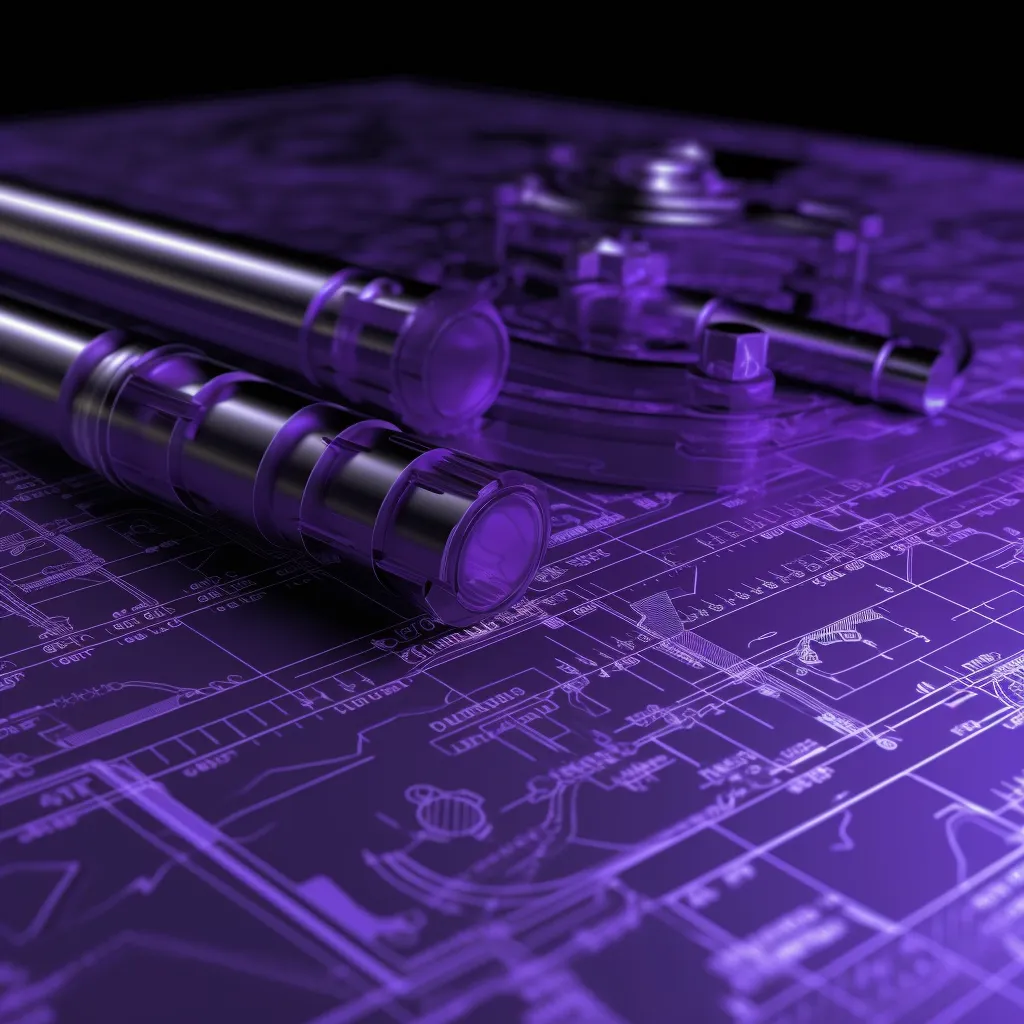What is
Navbar
Navbar can be thought of as the shiny ring-belt around a planet's atmosphere, making it easier to explore and navigate. In Webflow, this navigation bar is the go-to for site visitors so they can jump between pages like intergalactic travelers hopping from galaxy to galaxy in no time at all.
A Navbar (or Navigation Bar) on a website provides sites users with quick access points that make navigating through pages simple and intuitive. It usually appears globally across all pages allowing viewers to swim from one end of your web ocean to the other without having to visit the same coral reef twice.
Technically speaking, a Navbar is typically created using HTML objects such as an unordered list which contain links (sometimes referred to as anchor tags or). Structured correctly within CSS styling, these basic elements soon become eye-catching highlights on any page offering smooth sailing between ports of call throughout a site's realm.
But more than just being helpful for those looking for directions; unlike spaceflight where pulling back on control sticks causes exhaust ports to shoot forth thrust—when you hover over each link in your Navbar multiple styling features are triggered expecting something happening shot gun style: changed colors and font sizes, inclusion of clever elements that morph into something else when arrow cursors come near them; blinking messages delivered by Messenger Raven mascot characters appearing out of nowhere, engagement opportunities sending viewers spinning off into joyrides that could last an eternity.
Examples of
Navbar
- Horizontally scrolling Navbar
- Vertical stacked Navbar
- Overlayed Navbar
- Fixed-position Navbar
- Dropdown menus in a Navbar
- Off Canvas Navigation Bar
- Mega Menus as a form of website navigation
- Sticky elements, including scrollspy and sticky sticky element transitions in the main top bar using Webflow interactions
- Invisible to Visible transition of the main top bar
- Customizable Ajax animations in Webflow's navbars settings
Benefits of
Navbar
- Display navigational tabs: Leveraging Navbar you can show key pages of your website in the form of easily identifiable, forenavigable tabs at the top or bottom of your page. This is especially helpful on longer pages to ensure visitors don't get lost in all the content and can quickly navigate where they want to go.
- Dynamic menu display : Easily program Navbar elements so that certain menus appear when triggers such as scrolling or hovering over a certain area are activated. This ensures maximum usability for users and keeps them engaged through interactive features that draw their attention to different parts of the page by expanding navigation options under certain conditions.
- Create Contained Navigation Experiences: Generate a desired flow between pages by making sure that each page has just one single navigation option available from Navbar, thereby creating a sense of journey between relevant information points which deepens user engagement while pushing users towards completion of more complex tasks within an application interface, such as checkout processes in ecommerce websites.
Sweet facts & stats
- Navbar is a critical element of any website built in Webflow, with the potential to drive almost 60% of website clicks.
- Navbars can be customized for color, shape, size and animation effects that are guaranteed to give any site a polished and professional look.
- Adding interactivity in the form of drop-down menus and hover triggers makes navigating webpages smooth and effortless.
- Every major modern browser on the market supports styling options available in Webflow's Navbars, giving consistent results even under different conditions and across devices.
- JAWS compatibility ensures maximum accessibility when creating navigation bars with Webflow—a must-have feature!
- Even though astronomers have yet to find evidence of intelligent life forms in our universe—building navigational structures with Webflow is intelligence enough!

The evolution of
Navbar
Navbar's journey in Webflow began as a humble tool but it has grown immensely over the past few years. What started out as an afterthought is now considered an essential part of any website design.
The early days of Navbar involved minor tweaks and optimizations, allowing developers to create basic navigational elements with relative ease. As time passed, however, the options expanded dramatically—users now have access to dozens of features which can be used to customize their navigation menu quickly and easily.
From there, Navbar really took off, making Webflow one of the go-to platforms for web designers looking to build sites with powerful navigational components without sacrificing performance or aesthetics. In recent releases, attention has been paid towards user experience; features like "quick links" allow frontend developers to link directly to specific content pages with just a single click.
These enhancements continue today and there remains plenty more innovation on the horizon for this ever growing feature set within Webflow—including big improvements when it comes to mobile optimization and intuitive design tools which will make navigating much easier for both designers and end users alike. With each new upgrade that comes down the pipeline, we can expect even greater things from Navbar in the coming years—putting Webflow ahead of its competition yet again!











































































































